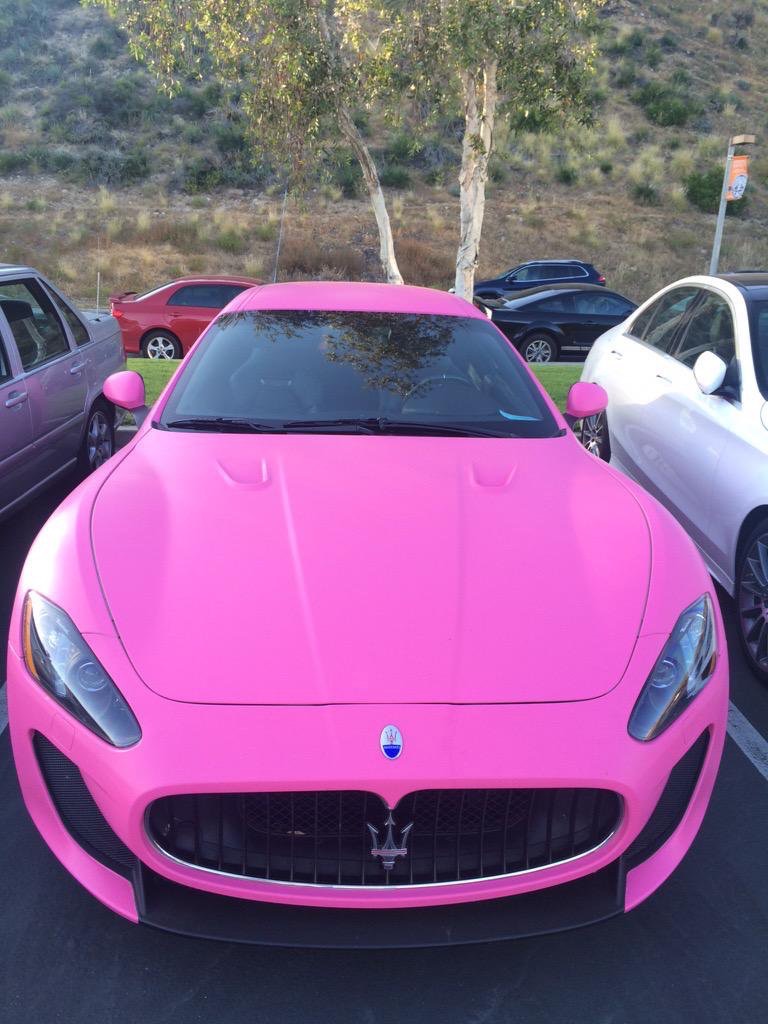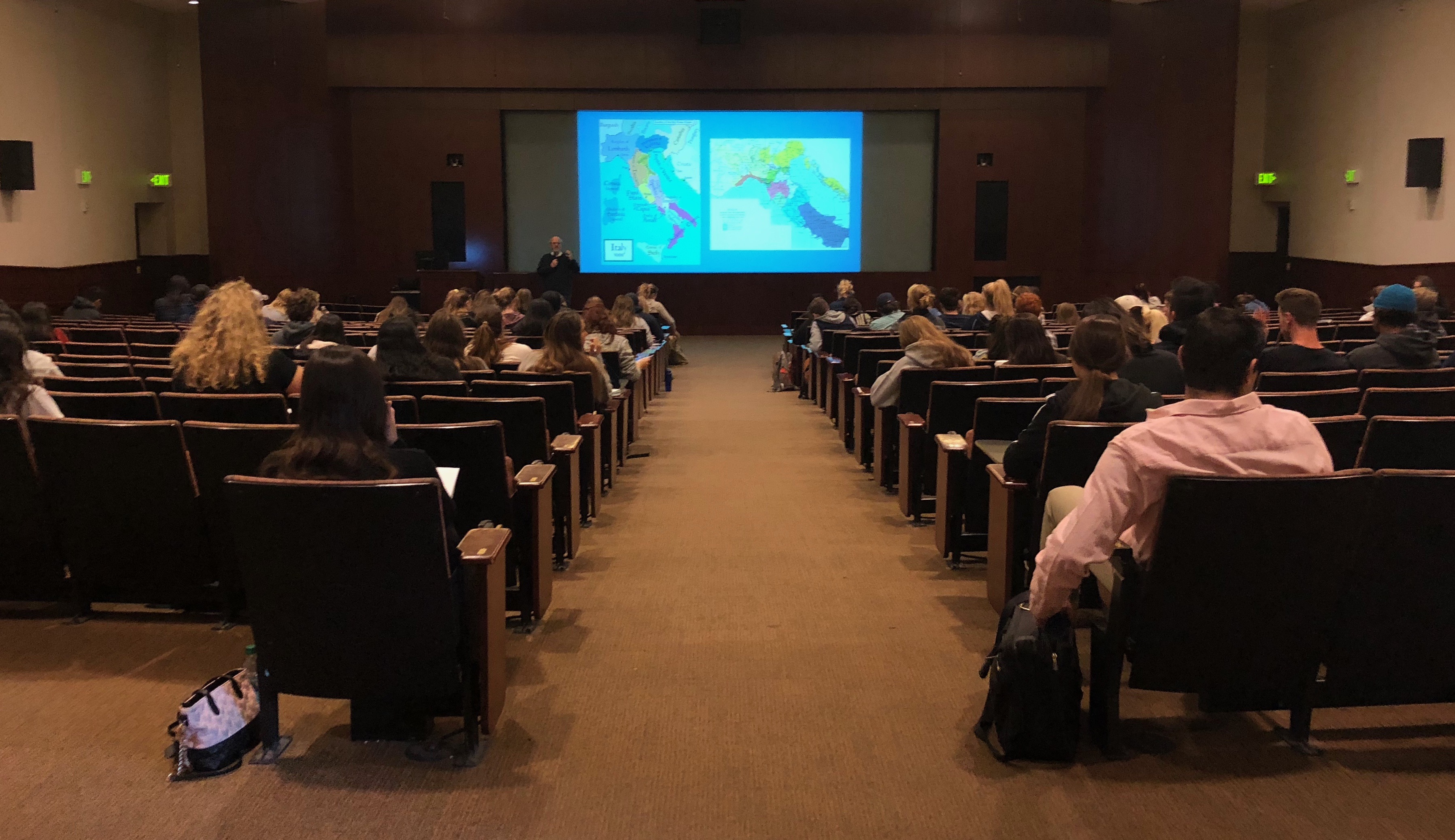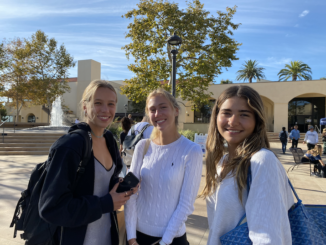
Pepperdine or Pepperdime?
The nickname stems from Pepperdine’s own students hyping the stereotype of the school being for “rich-kids only.”
Some students flaunt their wealth on campus and through social media sites. But the reality is the majority of students find themselves in the middle class. Pepperdine’s Christian mission mutes much of its students’ potentially glutinous behavior and ensures no one is treated or judged by what they can or cannot buy.
“The main stereotypes I’ve seen at Pepperdine are the hobbies students have like going to the beach, getting sushi … having extravagant lifestyles especially compared to students at other universities,” said Chandler Camp, a sophomore business administration major. “I’ve heard stereotypes about how we’re all spoiled and entitled.”
In a Pepp Post poll of 83 students, more than 86 percent agreed that Pepperdine students appear wealthier than students at other California universities. But many students said they are fed up with the assumptions of wealth.
“I’m sure it is quite difficult,” said Jennifer Rosen, adjunct professor of sociology at Pepperdine. “In the day-to-day it might be OK because everyone is living in the dorms and everyone is going to class, and going home … but there are things that you might not be able to participate in if you could not afford to. I would think that it could lead to some students taking on a sort of an outsider identity.”
Rich kids only?
Financial aid statistics show that the “rich-kid” stereotype doesn’t represent the majority of students. The university spent more than $60 millio n on undergraduate need-based aid in 2015, according to the Pepperdine Office of Institutional Effectiveness.
That number is in stark contrast to the $13.3 million spent on non-need based scholarships.
Out of the 3,186 undergraduate students in 2015, 1,720 needed financial aid, according to the Office of Institutional Effectiveness.
If more than half of the undergraduate population receives need-based financial aid, where does the stereotype of the Pepperdine rich kid stem from?
More than 26 percent of students surveyed said they spend $500 and or more a month over and above normal living expenses. Just under 23 percent said they spend only $100 to $200 each month, and 8 percent spend less than $100 a month.
Pepperdine students were not surprised by these statistics.
“I knew what I was signing up for by going to a private college,” junior advertising major John Sampson said. “I sometimes feel a little bummed that I can’t be the kid with the Range Rover who’s picking up the tab and booking an extravagant weekend getaway but at the end of the day I know my work ethic and determination is worth more than any privilege.”

If you’ve got it, flaunt it
“Money is flaunted on campus through cars, clothing, accessories, any sort of thing like that,” said Lauren Gottschall, sophomore sports medicine major. “You see Audi R8s and Porsches on campus like that’s a normal occurrence. Typical Pepperdine would be seeing a Lamborghini getting towed for being parked illegally, or the matte neon pink Maserati.”
Social media helps promote Pepperdine wealth. There are videos students have posted to Twitter, showing rows of exotic sports cars in a campus parking lot, and an Instagram account titled “Rich Kids Of Pepperdine.”
“I don’t go a day without seeing cars that cost over $200,000,” Camp said. “The majority of students have the newest and nicest phones, cars and clothes.”

For those who notice material possessions, they can be seen nearly everywhere on Pepperdine’s campus.
“Designer brands, all the time,” Gottschall said. “People will say ‘oh, what are you wearing?’ and it’s like ‘oh it’s Prada, oh it’s whatever.’ And I’m like that’s $500 more than it really needs to be.”

Scroll over for examples of how wealth may be flaunted on campus
Reed Williams, a sophomore theater and media production major, echoed this sentiment.
“Pepperdine students are very basic,” Williams said. “The conversations you hear around campus really make you almost sick how entitled some kids are.”
The young and the wealthy
What does that mean for those students who others consider wealthy?
“I’ve been made to feel guilty because of the fact I don’t have any student loans,” said Brynn Henderson, senior broadcast journalism major. “My parents considered furthering my education to be a worthwhile investment and saved a lot of money in order to do so, but I’ve been in really uncomfortable situations where other students have complained about their student loans and spoken down to people who have their tuition covered in full by their parents’ money.”
The perceptions students have of each other can result in a hostile environment for some, Henderson said.
Marisa Mohn, a junior integrated marketing major, echoed Henderson’s feeling.
“Freshman year, I was very judged by a couple of my suitemates,” Mohn said. “They would always make rude comments about my clothes, jewelry and accessories. Because I was a freshman, my nicer things made me feel insecure and unwanted. I felt like I didn’t fit in with my peers, and in a place like my suite, where I live, I felt especially vulnerable.”
While some students react negatively to others who appear wealthier than them, that is not the case for everyone. Many students choose to focus on what they do have as opposed to focusing on what they don’t.
“I am not wealthy by Pepperdine standards but I feel as though I have been very fortunate and given so many opportunities because of what my parents do have,” Sampson said.
Worship and wealth: Does one affect the other?
Pepperdine, while wealthy, may differ from other private schools because of its Christian focus, which may dampen glutinous behavior.
“I do wonder how much it being a religious institution impacts the high level of wealth that might be here,” Rosen said. “And if it was a secular university, with the same level of wealth, I would assume we would see differences. I think that that changes some of the atmosphere.”
Pepperdine is heavily influenced by its Christian mission. Compared to other private religious schools, Pepperdine embraces and teaches religion in a more involved manner.
“My sister attended Southern Methodist University, which is a lot like Pepperdine,” sophomore advertising major Macki Aycock said. “Pepperdine gets less of that rich-kid stereotype than SMU, because SMU isn’t as focused on a Christian mission as Pepperdine is. Their religion courses are not as rigorous as ours. They’re not as encouraged as ours.”
How are student attitudes altered?
The wealth many see around campus does not necessarily reflect the way in which students behave toward others.
“Some wealthy people show off with their nice cars, nice bags, nice shoes, whatever,” said Ashley Jaury, junior organization communication major. “But there are also those who are wealthy and are not as obvious through the material things they have.”
Despite the overemphasis of money and privilege some students notice, Rosen said she does not think the wealth on campus alters the attitudes of the students.
“I think what wealth does is it just creates a very good foundation,” Rosen said. “It impacts future opportunities through your social network. A lot of people today get jobs because they know somebody. People who come from wealthy families tend to know other wealthy people … It’s those connections that sociologists would call cultural capital. It’s the non-economic assets we rely upon.”
The non-economic assets students rely on can be anything from how they were socialized, their religion and faith, or the opportunities their family is able to provide.
Many students feel unfazed by the wealth of others on campus, and said they have never felt judged for their income or their parents’.
“I’ve never encountered a situation in which I was being judged or seeing others being judged for not being able to afford something,” freshman economics major Alicia Strohmeier said. “We’re all college students. Not everyone is able to afford everything they want in the world.”
Mikaela Bisson completed this story in Dr. Christina Littlefield’s spring 2016 Jour 241 class.



